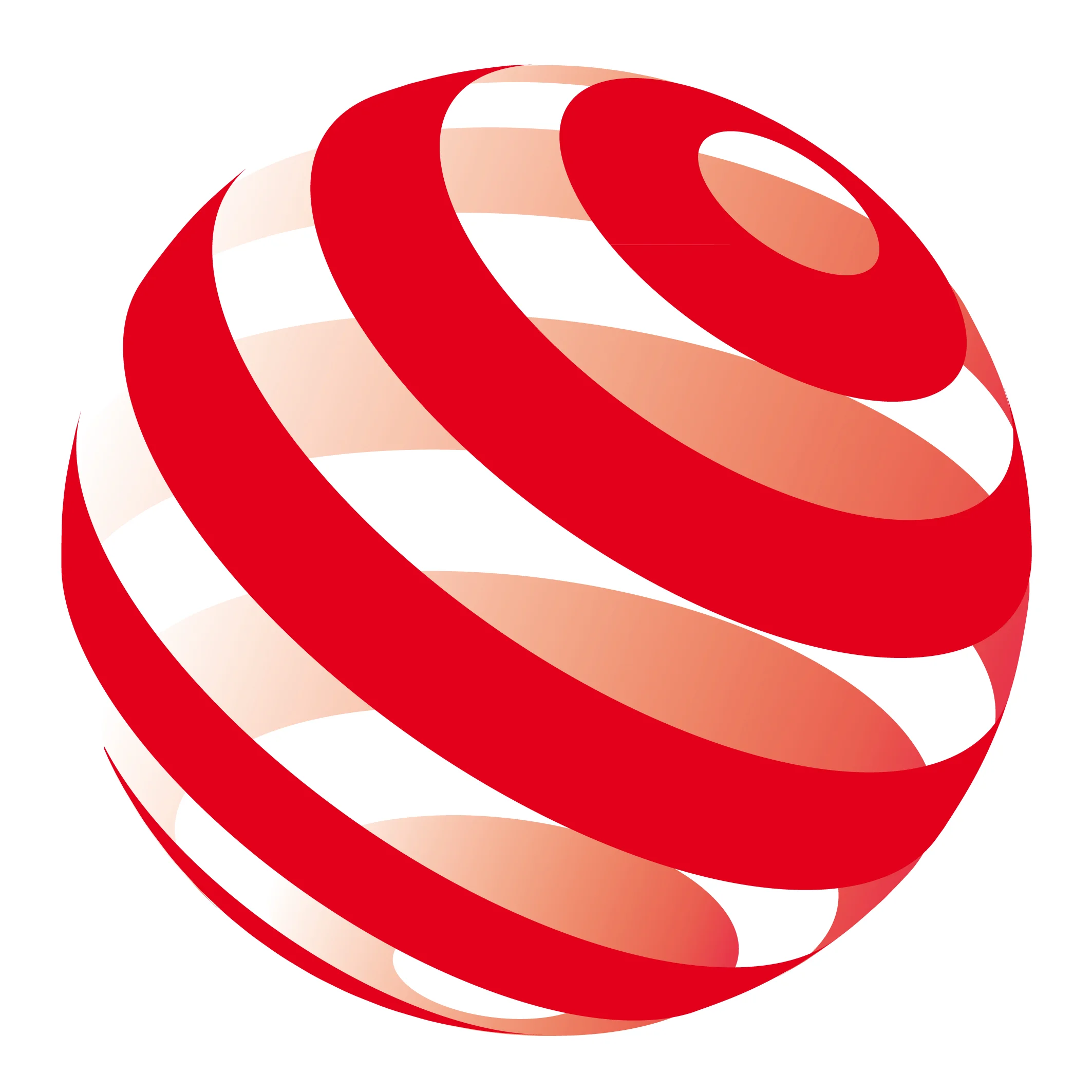That’s according to analysis by research firm Real Capital Analytics (RCA) , which reveals that real estate’s attractive returns relative to other investment asset classes and signs of improving economic prospects drew more global investors to the European market between January and March. Cross-border investment accounted for EUR35.7 billion of transactions in the quarter, the first time in eight years that these international capital flows had more than a 50 per cent share of volumes. Capital from outside the region accounted for 30 per cent of property purchases with 116 new investors, such as Israel’s Ariston Group, making their first acquisitions in Europe.
Tom Leahy, RCA’s Director of EMEA Analytics, says: “Europe’s markets go from strength to strength as investors, particularly from outside the region, perceive it as offering attractive returns relative to other asset classes – property in the Eurozone currently yields 600 basis points more than 10-year government bonds. Eurozone periphery countries continue to attract attention, with notable pick-ups in Italy and Portugal.”
Italy registered almost a five-fold leap in transactions to EUR3.75 billion, lifted in part by QIA’s EUR1.2 billion buyout of its joint venture partners in the 28-building Porta Nuova development in central Milan, which became Europe’s sixth most active investment market as a result. The first three months of 2015 were the strongest first quarter for Italian commercial real estate investment since at least 2007. Meanwhile Portugal recorded almost a 14-fold surge from a low base to EUR623 million, RCA’s data show.
The periphery of the Eurozone has seen the biggest increase in investor demand during the past 18 months. Transaction volumes in Spain more than doubled in the first quarter of 2015 to EUR2.83 billion, 72 per cent of which centred on Madrid. Ireland, one of the first periphery Eurozone real estate markets to register a recovery in investment, had a 16 per cent increase in transactions by value to EUR1.06 billion.
RCA’s Tom Leahy said: “Italy and Portugal are starting to feature on investors’ radar as they look for the next opportunities in the Eurozone periphery created by the ongoing bank deleveraging and attractive pricing.”
M&A activity involving some of Europe’s largest listed companies lifted quarterly transaction volumes, notably Klépierre’s EUR6.6 billion buyout of Netherland-based pan-European shopping centre operator Corio, while Deutsche Annington completed its EUR3.9 billion takeover of Gagfah, another German apartment block owner.
RCA’s analysis of transactions by asset class reveals that investment in residential assets jumped 187 per cent to EUR11.1 billion. This was partly due to the takeover of the listed German companies, but volumes were also lifted by three substantial student accommodation transactions in the U.K. These were Canada Pension Plan Investment Board’s EUR1.52 billion purchase of the Brandeaux portfolio, Greystar Real Estate Partners acquisition of the Nido portfolio for EUR827 million and LetterOne’s purchase of the Pure Student Living portfolio for EUR734 million.
RCA’s Leahy concluded: “We are back to pre-crisis 2007 levels in transaction volume terms, but continue to lag behind the debt-fuelled boom period on a yield and price per square metre basis. The low interest rate environment, signs of improving economic growth prospects and low inflation appear to have persuaded investors that the rewards outweigh the risks from a slower recovery in the occupier markets. The pipeline of pending transactions suggests that investment volumes will continue to strengthen in 2015 through the sheer weight of capital targeting real estate in Europe. Expect prices to keep rising.”
Source: Property Funds World

